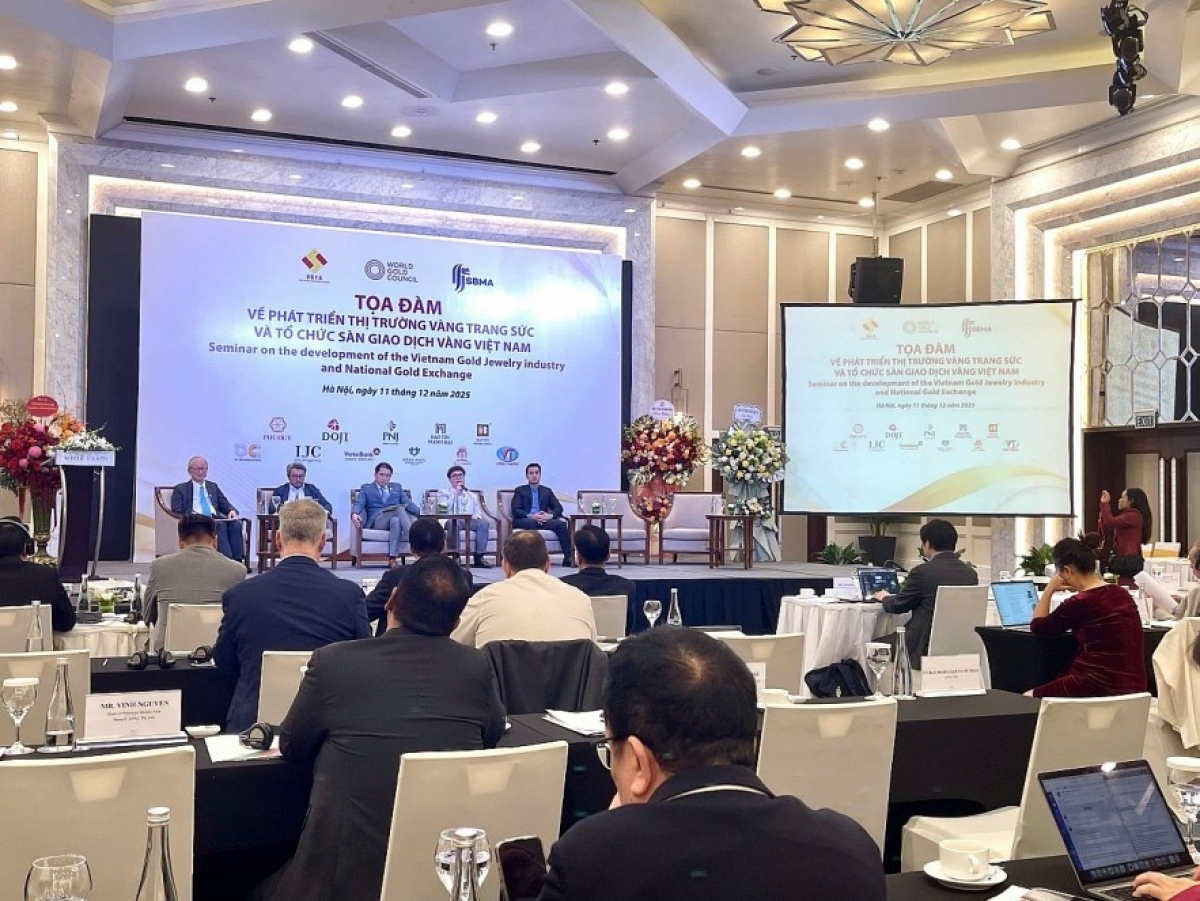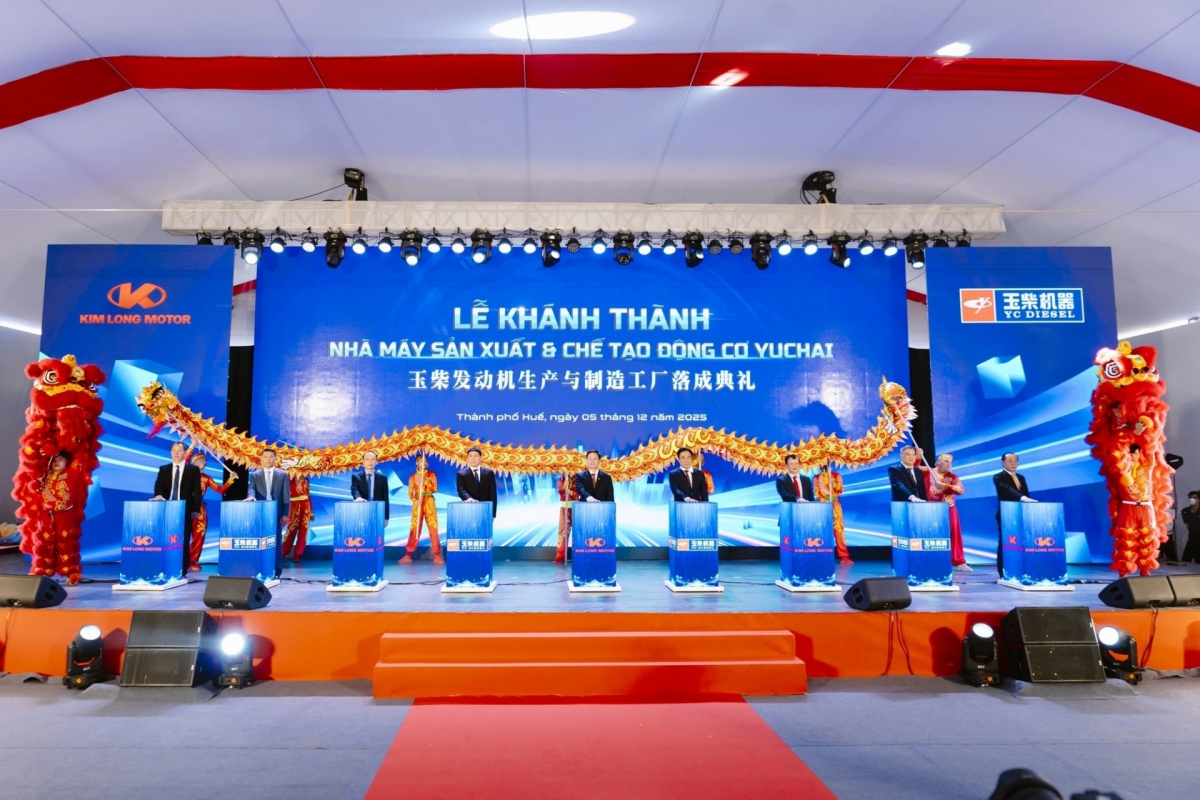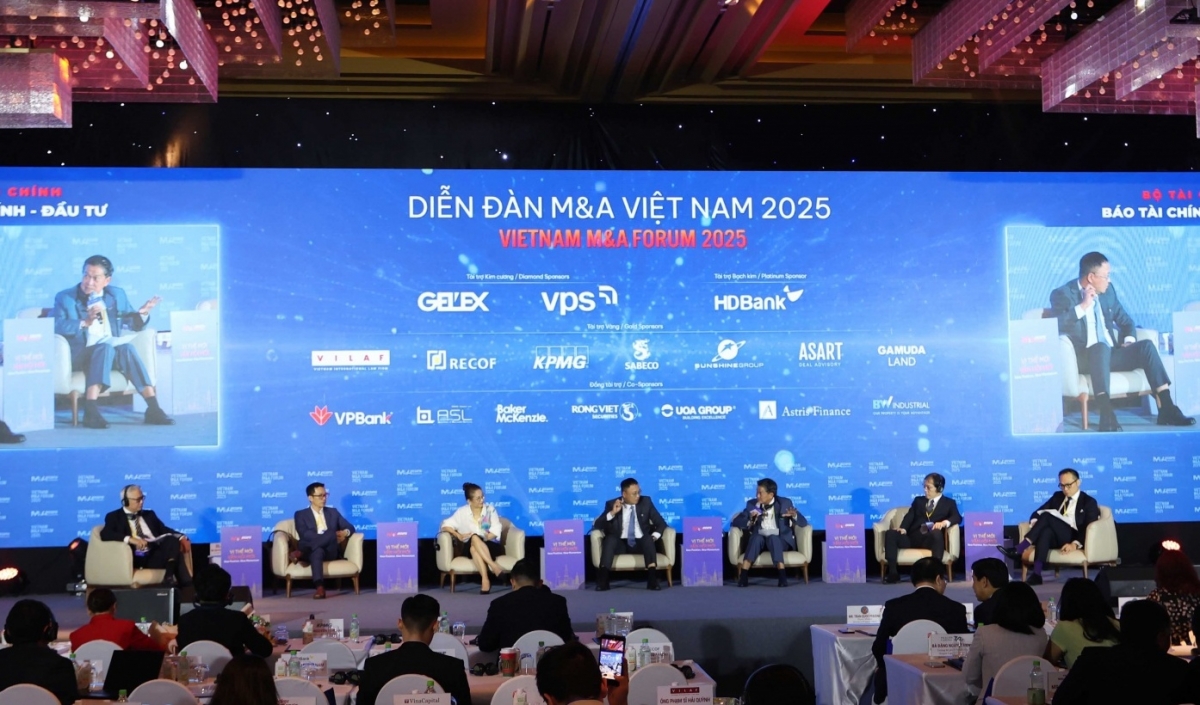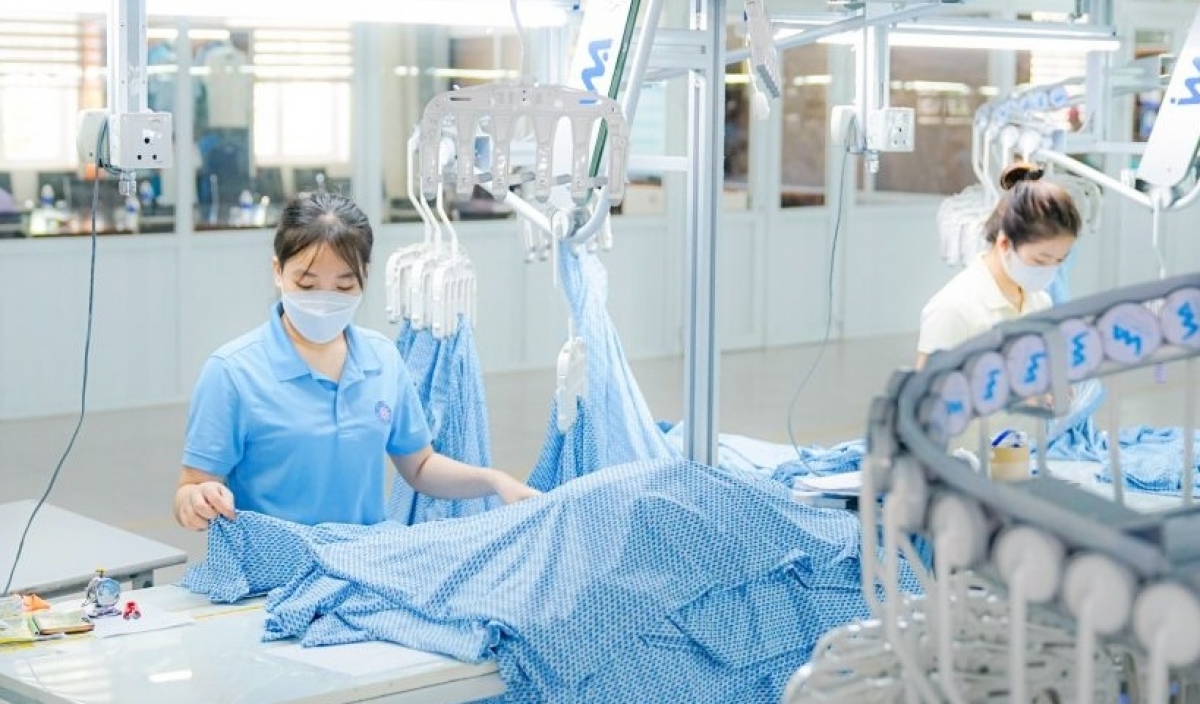INTERNATIONAL INVESTMENT
AND PORTAL
KB Securities Vietnam (KBSV) last month stated that the industrial real estate segment would face heightened challenges in 2023.
“The amount of disbursed foreign direct investment (FDI) is expected to be flat to the high base level of 2022, due to cautious sentiment towards the prospects of the global economy. However, Vietnam is still an attractive destination thanks to lower labor costs, land rental and investment costs compared to the region,” KBSV said.
Nguyen Phuong Thao, asset management director at Gaw NP Capital, told VIR that the supply of ready-built factories and warehouses was forecast to increase at the end of 2023.
“New supply will put pressure on rents and occupancy rates, possibly causing rents to level off or even decline,” Thao said.
However, Gaw NP Industrial’s projects in the provinces of Thai Nguyen, Haiphong, and Ha Nam still recorded positive results in the number of businesses asking to rent ready-built factories and warehouses.
“Businesses mainly come from China, South Korea, and some European markets. I think there are still many businesses that need to rent warehouses, especially small- and medium-sized enterprises, but they will carefully consider the price, project location, and supply chain,” she added.
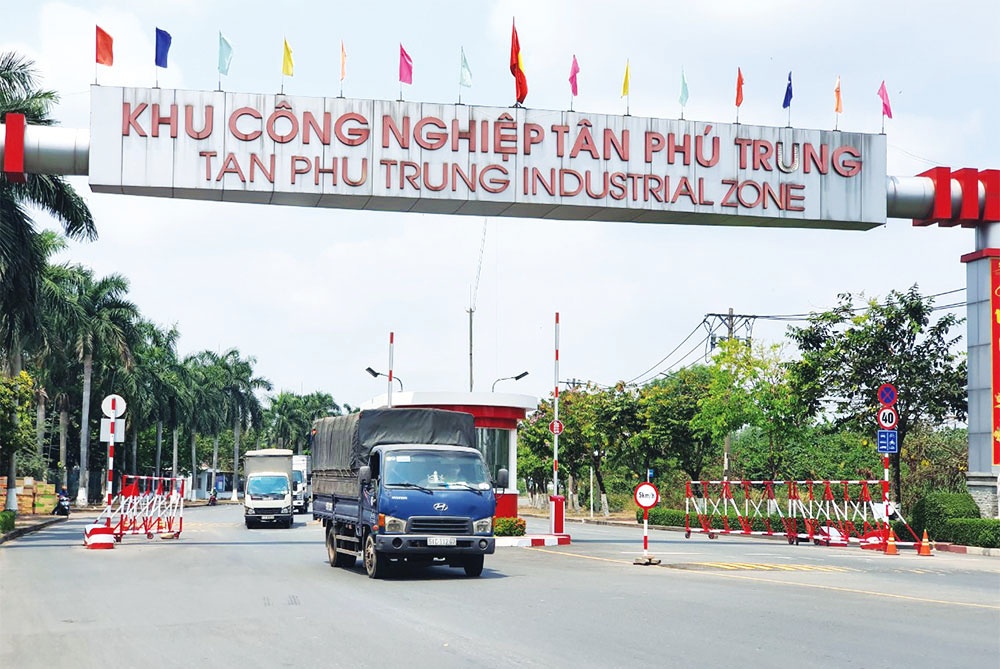 Industrial real estate faces up to pressures, illustration/Photo: Le Toan
Industrial real estate faces up to pressures, illustration/Photo: Le Toan
In its industry outlook report issued in December, Bao Viet Securities said that unpredictable developments, US Federal Reserve interest rates increases, and introduction of a global minimum corporate tax were all challenges for Vietnam in attracting FDI from multinational enterprises into high-tech sectors.
In addition to these challenges, KBSV believes that industrial property in 2023 holds many decent prospects.
“The supply chain shift from China will continue to take place, and factories led by Foxconn, Luxshare, and Lego have all moved to Vietnam in recent times,” it said. “With the caution of new capital inflows, FDI will favour production expansion of existing enterprises and merger and acquisition of small-scale businesses.”
In addition, in the 2021-2025 public investment plan, infrastructure investment accounts for about 60 per cent of the budget. Disbursement of public investment is focused as an indirect motivation for industrial parks (IPs) when increasing attractiveness due to improving infrastructure leading to logistics convenience.
IPs in the provinces and cities are allocated large capital, including for key projects such as Chau Duc, Phu My 2, Huu Thanh, Tan Phu Trung (near Ring Road 3 of Ho Chi Minh City), and IZs in Bac Ninh and Haiphong.
According to Mirae Asset Vietnam Securities, having a large land bank for lease will help businesses promptly receive new investment capital, such as with Viglacera, Kinh Bac Urban Development Corporation, and Vietnam Industrial Park and Urban Development Corporation.
Accordingly, expansion projects in the Vietnamese market will give priority to leasing land in IPs where the factory previously existed, such as Foxconn expanding operations in Quang Chau IP, and LG continuing to expand in Trang Due IP.
Vietnam has over 560 IPs existing or planned, covering almost every province, with a total industrial land area of more than 58,000 hectares.
According to the Vietnam Association of Realtors, at the end of 2022, the occupancy rate of IPs across the country reached over 80 per cent. The occupancy rate in the southern provinces is about 85 per cent. A number in Hanoi, Ho Chi Minh City, Dong Nai, Bac Ninh, Bac Giang, and Binh Duong are almost full. Binh Duong has the highest occupancy rate in the country, over 95 per cent, with 29 IPs in operation.
Despite the high occupancy rate, industrial property recorded an increase in rents of about 10 per cent in 2022. The northern provinces averaged $100-120 per sq.m per lease term.
In the southern region, Ho Chi Minh City market recorded the highest average rent, ranging $180-300 per sq.m per lease term.
Long An province was next with $125-275, then Binh Duong province with $100-250 and Dong Nai province with $100-200 per sq.m per lease term.
By the end of 2022, IPs and economic zones nationwide had attracted over 10,000 domestic and nearly 11,000 foreign-led projects, with a total registered investment capital of more than $340 billion.
Chong Chee Keong - General industrial manager Frasers Property Vietnam
With limited land available in Vietnam and interest rate increases, we will see leasing asset and asset-light models set to be the favourite choice among manufacturers.
The State Bank of Vietnam has increased the base interest rates of Vietnam since October 2022. This will restrain the need of expansion and new investment of businesses/factories, which directly affects the IP market in Vietnam.
Meanwhile, in the global market, supply chain disruptions, high energy prices, rising interest rates, and sustained inflation led to growth in global trade decreasing dramatically in the last quarter, with export orders dropping. This will limit the investment of manufacturing companies.
More high-value and large-scale IPs will appear, and experienced developers with huge potential will bring great challenges to local developers. We have been coping with this with a range of solutions, such as improving products and services, targeting exact clients, and creating competitiveness.
Minh Nguyen - Leasing and facilities director BW Industrial Development JSC.
Many countries are facing high inflation and labour shortages, so investors need a location with relatively high stability and reasonable production costs. Vietnam is one of a few places to meet this. In addition, the country’s attractiveness is also supported by the movement and adjustment of the supply chain when large-scale corporations expand their production scale or make new investments in Vietnam.
In addition, the investment trend after the pandemic in Vietnam has also changed. Instead of seeking tax incentives or avoiding the imposition of US tariffs on China, investors now rather want to be able to provide their products to the more than 100 million people here, as well as exporting to neighbouring countries.
Finally, the supply of clean land in key economic provinces such as Dong Nai, Binh Duong, Bac Ninh, and Haiphong is limited, while neighbouring provinces and cities are in the process of completing legal procedures and infrastructure.
Hopefully, investors are in coordination with government agencies to continue removing obstacles and also minimising the administrative procedures.
Hung Nguyen - Assistant investment manager KCN Vietnam
Therefore, the pressure on rental demand and the occupancy rate is put on the shoulders of existing developers.
However, industrial real estate development is an industry that requires long-term investment. With a medium and long-term vision, Vietnam’s industrial real estate segment still has positive bright spots with great potential – a stable economy, positive annual GDP growth compared to other countries in the region, and stable foreign capital.
China’s reopening will create an impetus for boosting the need to diversify production to Vietnam, which has been restricted for a long time. Vietnam recorded good growth in FDI attraction in 2022, one of the main drivers of industrial development despite the slowdown in the global economy.
What is more, more and more large foreign investors in high technology and electronics are choosing Vietnam as a destination, which will create more development momentum for the country.
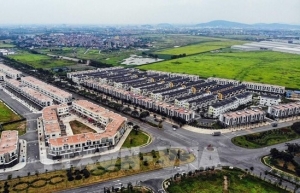 Room for industrial real estate development remains high due to short supply
Room for industrial real estate development remains high due to short supply
The industrial real estate sector has good prospects in 2023 due to short supply, a shift in the supply chain to Vietnam and its favourable investment policies, experts said.
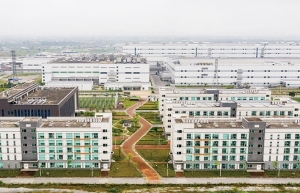 The newest investment destinations
The newest investment destinations
New investment destinations are arising in the northern industrial real estate market, as they are strongly appealing to investors by adding more supply to make up for the traditional markets.
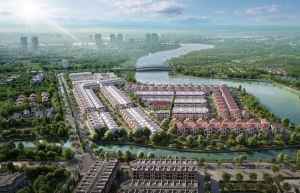 Sustainability a dynamic driving force for the market
Sustainability a dynamic driving force for the market
With short-term investment and speculation in the real estate market slowing down and replaced by real demand, sustainability is gradually becoming the key to increasing the competitiveness of projects. Factors for a green living environment and emphasising the experiences of end users have become the selection criteria for many customers.
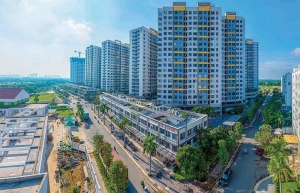 How predictable can 2023 become for real estate?
How predictable can 2023 become for real estate?
Some experts continue to be sceptical about the possibility of the real estate market entering a calm period and freezing liquidity at this moment.




